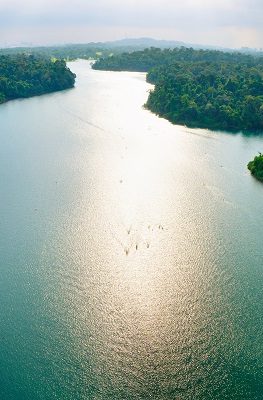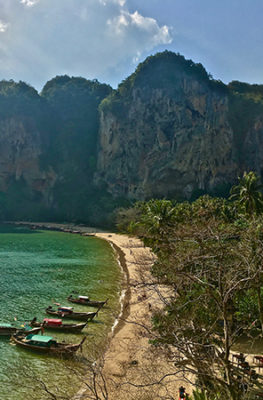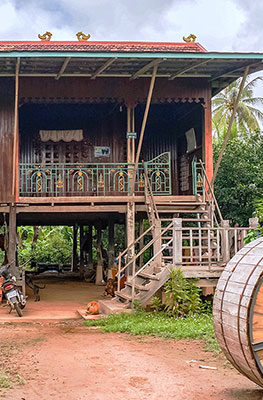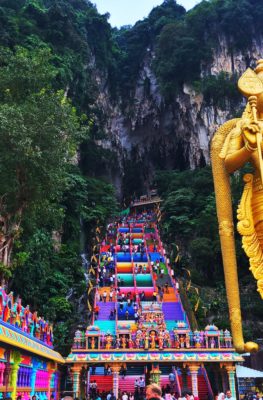Published on November 29, 2017

Lawkananda Pagoda, Bagan. Mike Aquino.
From the 11th to the 13th century, the settlement of Bagan was the core of the massive Pagan empire that ruled over much of present-day Myanmar. Its echoes can still be heard and felt today within any of the thousands of Buddhist temples left over from the glory days.
Spread out over an arid plain abutting the Ayeyarwady River, about 2,000 surviving temples of all sizes permit guests to visit and contemplate the Pagan civilization that built them. Hire an ox-cart, bicycle or car-and-driver to make your rounds of the temples, and don’t miss out on the most popular ones:
- Shwesandaw Stupa, whose upper terrace is one of Bagan’s most popular sunset viewing spots;
- Shwezigon Stupa, a gold-plated monument whose structure and surrounding shrines resemble another famous stupa in Yangon; and
- Ananda temple, a cathedral-like temple with few equals in grandeur and spiritual stature in Bagan.
You’ll need to buy an entrance ticket ($20) at the airport that permits access to all temples in Bagan; inspectors in Shwesandaw and Htilominlo temples ensure compliance. As ancient as the temples are, they remain Buddhist places of worship: visitors are expected to take off their footwear before entering any of them.

Shwezigon Pagoda, Bagan. Mike Aquino.

Shwezigon Pagoda, Bagan. Mike Aquino.

Balloons in the skies above Bagan. Ministry of Hotels & Tourism.
Similar Southeast Asia Experiences
Bagan is often compared with Cambodia’s Angkor temples in terms of scale and visual impact. But you can also check out other temple complexes in Southeast Asia if you’ve got miles to go yet: we recommend you travel to Vietnam’s Citadel and the nearby My Son temple complex, and for a different religious tradition, the Philippines’ UNESCO Churches.






